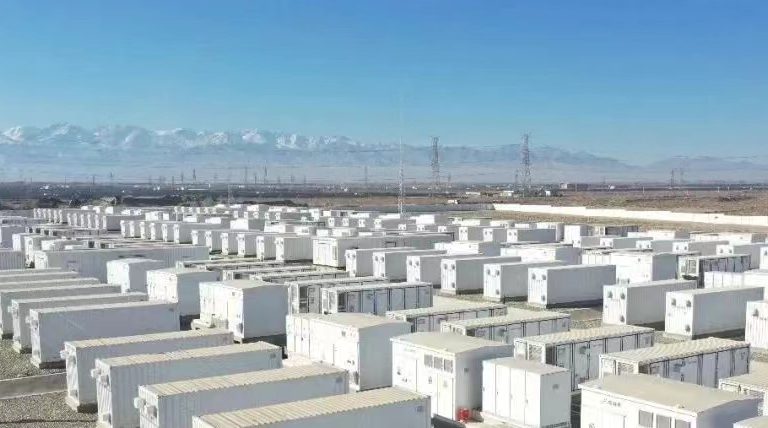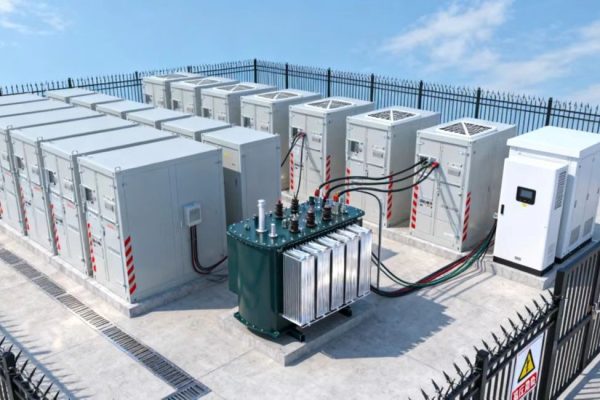Customs as a Critical Step in Global Trade
For energy storage system (ESS) exporters, customs clearance is one of the riskiest stages of international trade. Even if your products are certified and your logistics partner is reliable, a single customs error can result in delays, fines, or shipment seizures. Proactively managing customs risks ensures smooth delivery and builds stronger buyer trust.
1. Common Risks in Customs Clearance
- Incorrect HS Codes: Leads to higher tariffs, penalties, or shipment reclassification.
- Incomplete Documentation: Missing MSDS, UN38.3, or certificates can stop shipments.
- Value Declaration Issues: Under- or over-declaring product value may trigger audits.
- Country-Specific Rules: Some regions (EU, US, Middle East) have unique restrictions.
- Frequent Policy Changes: Sudden tariff updates or import restrictions may apply.
2. Essential Documents for ESS Exports
- Commercial Invoice – Must match product description and HS codes.
- Packing List – Includes weight, dimensions, and product details.
- Bill of Lading / Air Waybill – Confirms transport contract.
- Certificates – UN38.3, MSDS, CE, UL, or IEC compliance certificates.
- Import Licenses – Required in some countries for lithium batteries.
Exporter Tip: Always align all documents to avoid inconsistencies that raise customs flags.
3. How to Reduce Customs Risks
- Work with Licensed Brokers: Experienced customs brokers can navigate local rules.
- Pre-clearance Check: Verify HS codes, documents, and certificates before shipment.
- Maintain Consistency: Ensure invoices, packing lists, and labels use the same product details.
- Stay Updated: Monitor tariff changes, especially under FTAs or new trade policies.
- Train Export Staff: Regularly update teams on customs requirements for key markets.
4. The Role of Technology
- Digital Platforms: Automate customs documentation to minimize errors.
- Tracking Systems: Provide real-time updates to both exporter and buyer.
- AI-based Compliance Tools: Predict and prevent customs issues before shipment.
5. Buyer Communication Strategy
- Transparency: Inform buyers of required documents in advance.
- Shared Responsibility: Clarify who provides which certificates or licenses.
- Customs Delays: Proactively communicate any clearance issues to maintain trust.
Exporter Tip: Including customs documentation as part of the quotation builds confidence and shortens negotiation cycles.
6. Insurance and Risk Mitigation
- Customs Bonds: Protect against unforeseen penalties.
- Cargo Insurance: Covers potential financial loss due to customs seizures.
- Contingency Planning: Keep buffer stock or alternative suppliers for urgent projects.
Customs as a Strategic Advantage
Rather than seeing customs as a hurdle, exporters should treat it as a strategic step in global ESS trade. By ensuring accurate documentation, staying informed on regulations, and building strong partnerships with customs brokers, exporters can reduce risks, protect margins, and guarantee reliable delivery. Smooth customs clearance is not just logistics—it is a competitive advantage in international markets.









